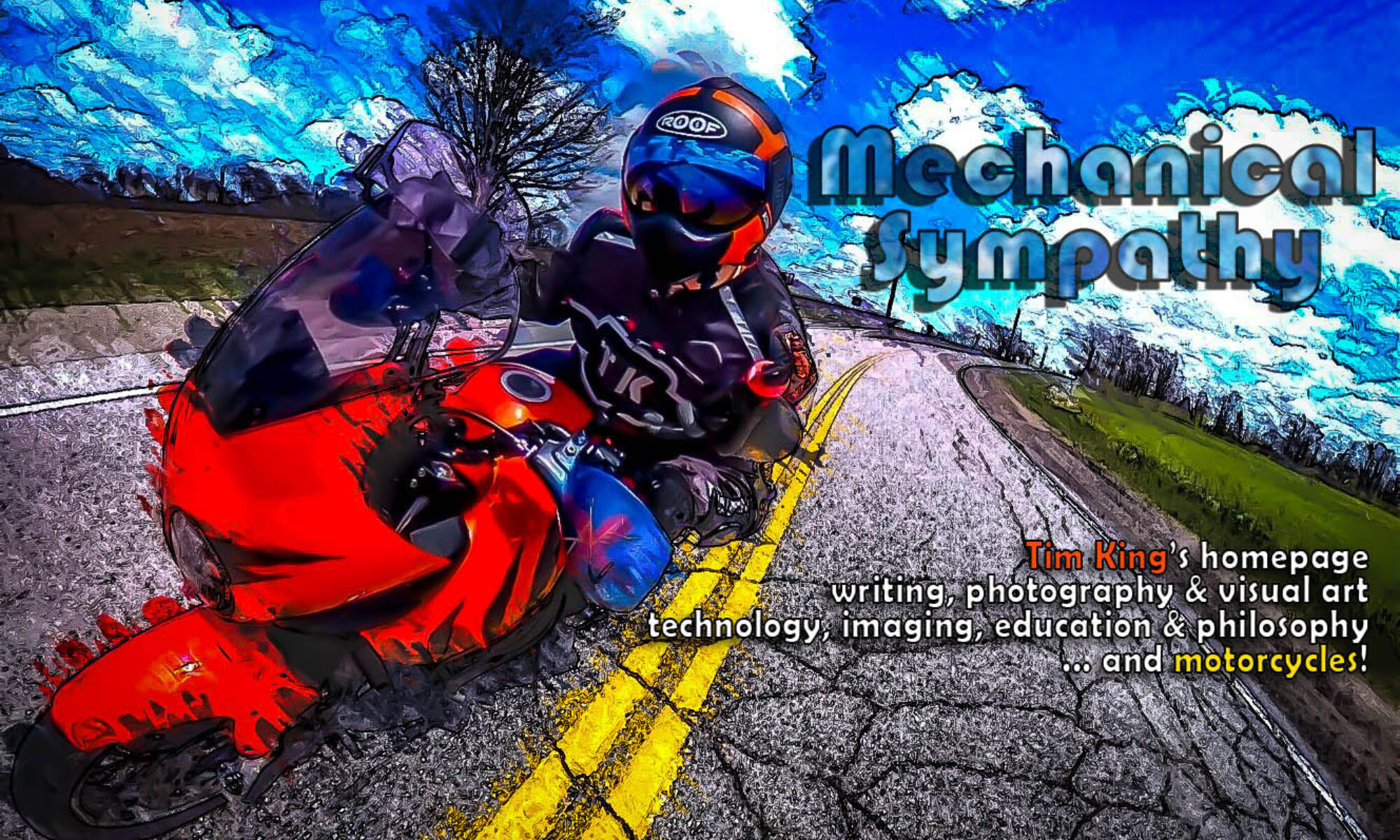 There were a number of incisive and critical reviews of both the U.S. education system and the role education technology plays in it at this year’s ASU/GSV Summit in Phoenix. Constance Steinkuehler mentioned data exhaust, which I’ve already mulled over. At a later discussion another speaker by the name of Brandon Busteed stunned the audience with this:
There were a number of incisive and critical reviews of both the U.S. education system and the role education technology plays in it at this year’s ASU/GSV Summit in Phoenix. Constance Steinkuehler mentioned data exhaust, which I’ve already mulled over. At a later discussion another speaker by the name of Brandon Busteed stunned the audience with this:
“Educational technology has failed to move the needle on either cost effectiveness or student success in the past ten years…” – Brandon Busteed, Gallup Education
This is an astonishing thing to say at an education technology conference, but he went on to back up his statement with a boat load of facts that fit so well with the anecdotal experiences of the teachers in the room that many were nodding along with him.
With the magic ipad, Google Apps and wifi for everyone we must surely be personalizing education away from that industrialized factory model we all find so abhorrent. In this digital renaissance we are using our newly found access to information to individualize learning and cater to the needs of each child, right? Surely we aren’t using it to create data from standardized testing. That would be like getting one of those new-fangled automobiles and then hooking your horse up to it so you could tow it into town and show it off.
The chart on the left is completely fictitious. After reading Busteed’s quote from my notes I went looking for data that would prove him wrong; I couldn’t find any. What I did find was that in longitudinal analysis PISA results aren’t particularly flattering to an increasingly digitized learning environment.
Pick your country, from strong performers like Finland and Canada to poorer countries struggling to reach the average, it appears Brandon is right, education technology isn’t moving the needle, in fact it may be hurting more than it helps. That PISA numbers are at best inconsistent and at worse show a decline (especially in digitally focused countries) in the past eleven years should suggest that educational technology might not be as revolutionary as we suspect, or that we’re doing it wrong.
There are a number of influences pushing down student scores. Ironically, many of them are also under the influence of the information revolution. Income disparity is increasing in large part because the world is recovering from an economic crisis inflicted on it by Wall Street quants who harnessed newly available digital technology to play an economic shell game on a global scale. Workers displaced in both economic and workplace digital disruption are not able to raise their children in the same socio-economic environment that they were raised in. The middle-class itself is evaporating as the wealthy harness digital connectivity to push wealth beyond the reach of governments; technology is amoral and caters to the needs of those who can afford it without consideration for right action. Socio-economic factors are one of the key indicators in student success and the vast majority of people in the world are poorer today than they were a decade ago.
***
That digital disruption seems to feed economic disparity on a systemic basis should be a cause of concern for everyone, but especially people in an egalitarian social project like education. Is digitization a tool of income disparity? I’m not sure that we’ve answered that question yet, though I’d argue that if we are creating consumers rather than hackers then yes, it is. Passive acceptance and integration of digitization is a recipe for a newly efficient kind of serfdom.
 |
| This could as easily be the promise of edtech |
The way digital technology disrupts existing industry is very exciting to the people who sell it. They have been so successful in presenting the idea of freedom from industrialization that digital disruption has become a desired expectation, especially for younger people. Expectation becomes inevitability but the results are producing efficiencies where we aren’t looking for them. Instead of individualizing education (like all the digital education tools promise) we are using digital technology to propagate the worst aspects of the industrial system we’re still clothed in, such as standardized testing and data collection. Instead of freeing us from systemic, cookie-cutter thinking, education technology is supporting a political push to re-institute data driven learning on such a wide scale that no one will be spared. The promise of easily manipulable data thrills educational management because it lends an air of credibility to what has always been a difficult to analyze process.
Instead of complexifying and diversifying our understanding of pedagogy, educational technology is supporting a political push to drastically simplify it, and it’s doing it under an onslaught of data and statistics. Had other examples of digital disruption led to that promised land of personalization, self expression and equality for everyone I might have hope, but as it stands, if you’re just using it you’re also just feeding its assumptions.
| The art of our times… |
When we put technology into the hands of students without expecting them to understand it we’re asking them to internalize and accept all the compromises and assumptions inherent in that technology, and make no mistake, all that complex hardware, software and networking are full of compromises.
I’ve said it once and I’ll say it again, unless we teach students how this technology we expect them to use works, we are laying the foundation for a new generation of systemic thinkers that will make factory formatted graduates look like an egalitarian dream. There was still space to be individual among the gears of the old regime, there is no space between the ones and zeroes of the new one.













